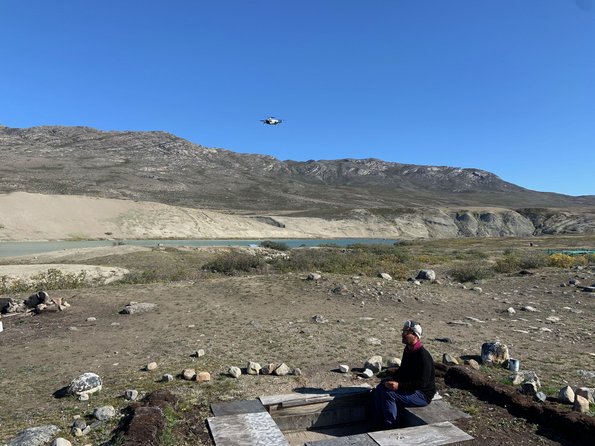
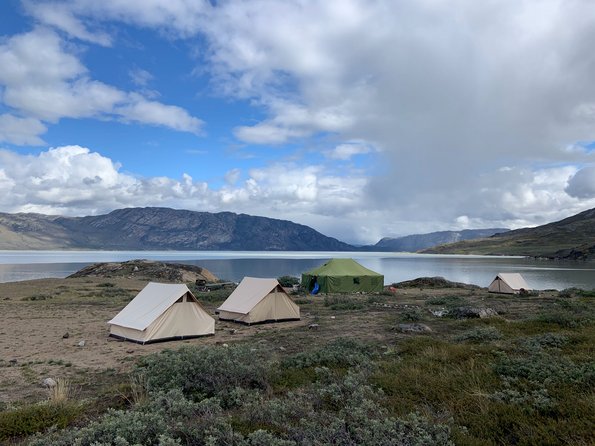
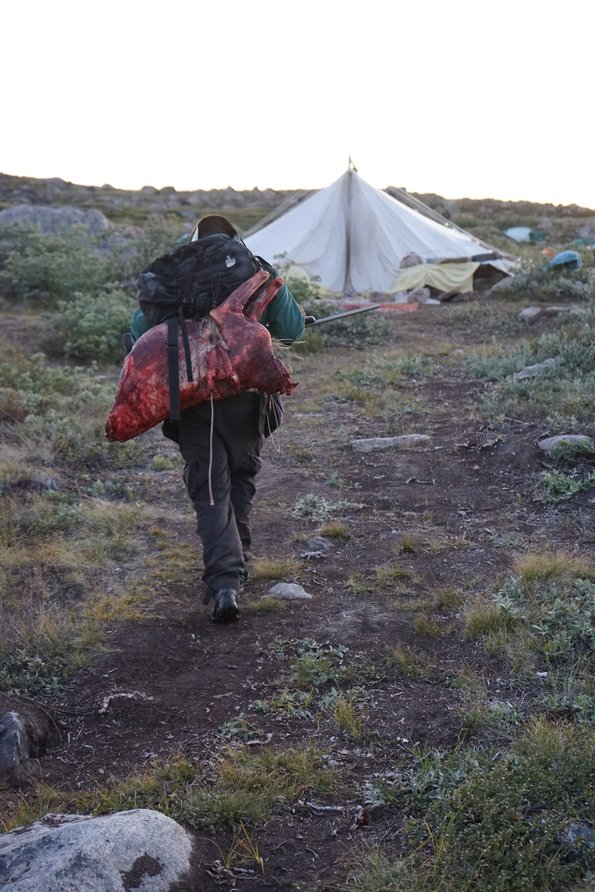
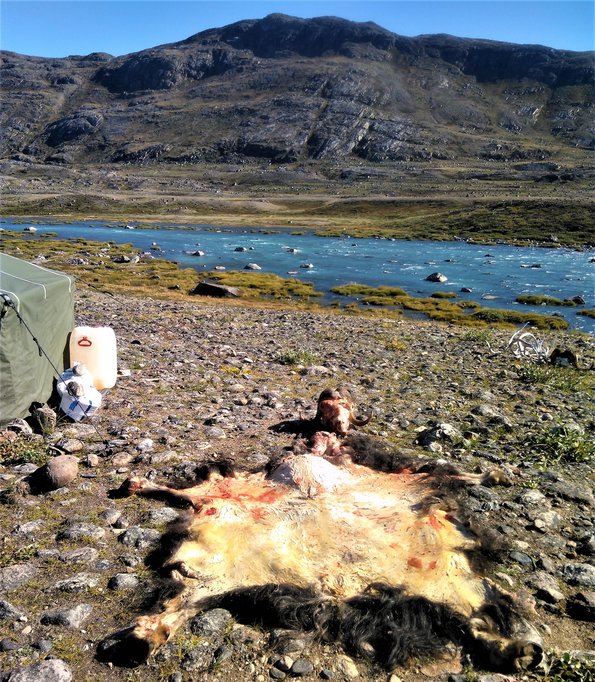
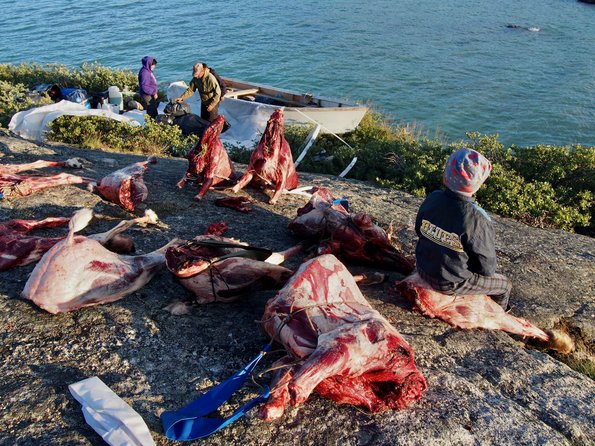
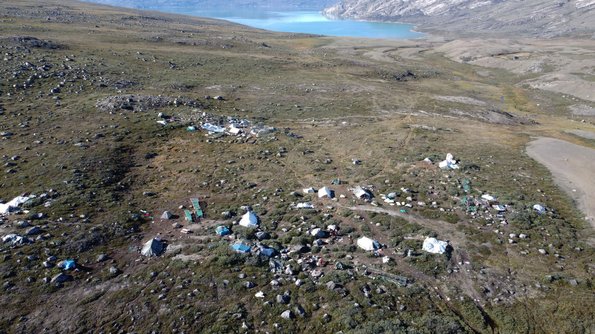
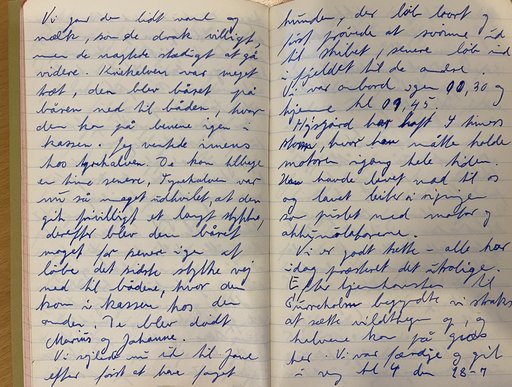
After two failed attempts 1954 and 1956 to capture and translocate muskox, the celebrated Danish zoologist Christian Vibe, eventually succeeded in 1961-1965, to capture 27 calves from their native home in East Greenland and translocate them, via Copenhagen Zoo, to an entirely new habitat in Kangerlussuaq, West Greenland. An exploration of Vibe's Muskox Expedition diaries, now housed at the Arctic Institute in Copenhagen, illuminates Vibe's motivation for carrying out the translocation in the first place. He shared with other Scandinavian zoologists a strong conviction that the muskox in Northeast Greenland was in acute danger of extinction, partly at the hands of non-native trappers and polar expeditions, and partly due to local instabilities in the winter climate. The translocation could be seen as a conservation intervention - a rescue mission to save the muskox.
The transplanted population in Kangerlussuaq has since grown to many thousands, spurring new transplants up and down West Greenland - each time introducing the muskox to new habitats; and local people to new wildlife species.
Vibe's muskox translocation - a muskox pathway - provides an interesting case through which to explore how Human-Animal-, Nature-Culture-, and Wildness-Domestication- demarcations are distinctly blurred and continually remade.
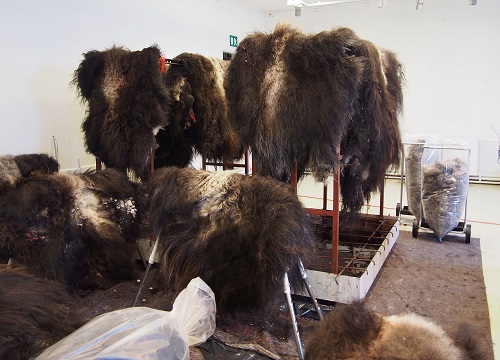
Muskox pelts drying before they are processed for wool production. These hides have been traded from hunters during the winter hunt near Kangerlussuaq in West Greenland in February 2020. When dry, the inner layer of soft wool (qiviut) is plucked, spun and ready to be sold or used for knitting as yarn (photo: Astrid O. Andersen).
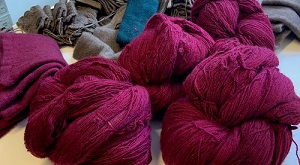
Yarn and garments made from muskox qiviut (wool) produced in Greenland to be put for sale in a store. Muskox wool and yarn are treasured for knitting in Greenland and beyond. Production of wool began in the 1990s and since then, a small-scale industry has emerged around the design, production and trade of these goods (photo: Astrid O. Andersen).

Muskox sign in the vicinity of Kangerlussuaq, February 2020. The sign is for travelers on the road that leads from Kangerlussuaq to the Greenland ice cap. It is the longest road in Greenland and mostly traveled by tourists and tourist operators; it passes through a tundra landscape that is inhabited by muskoxen, caribou, arctic- hares and -foxes. Being the main attraction, the muskox is the only animal to have a sign of its own (photo: Astrid O. Andersen).